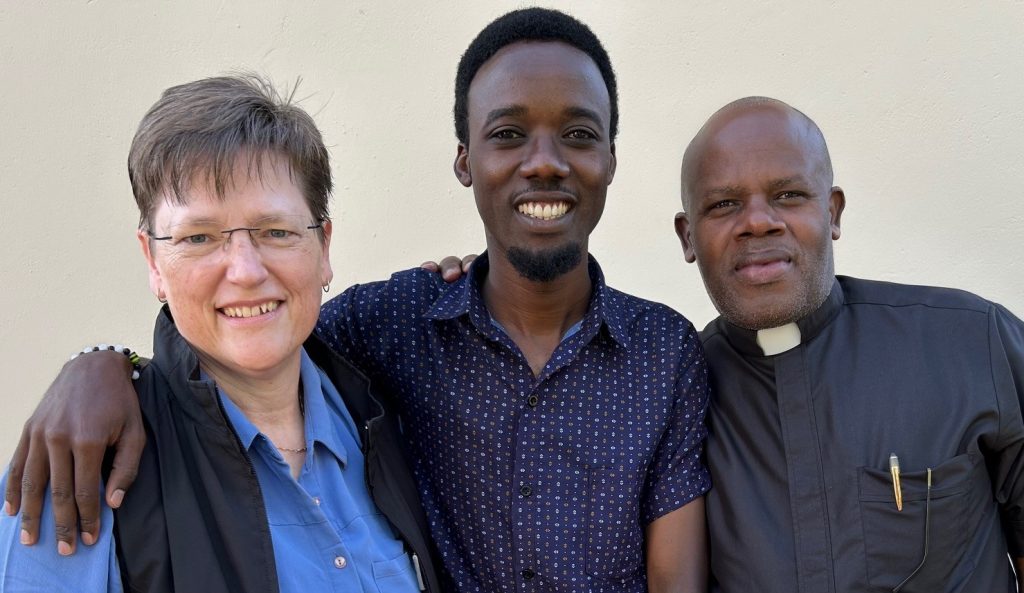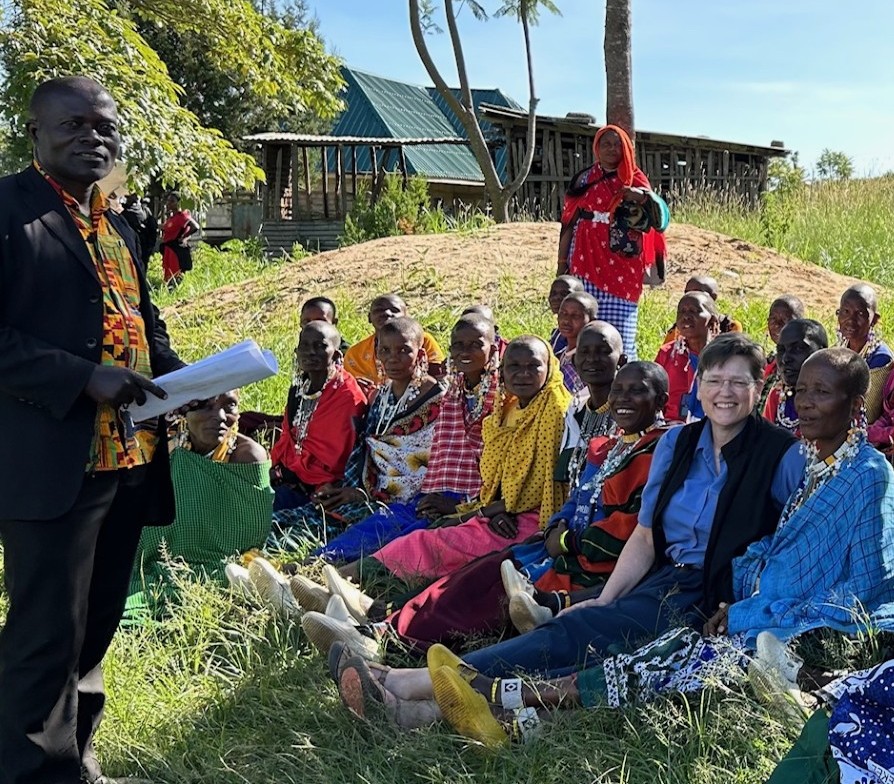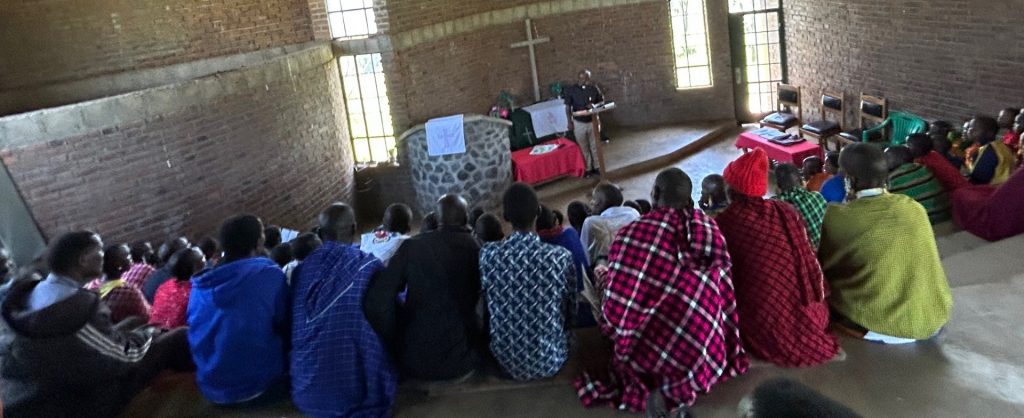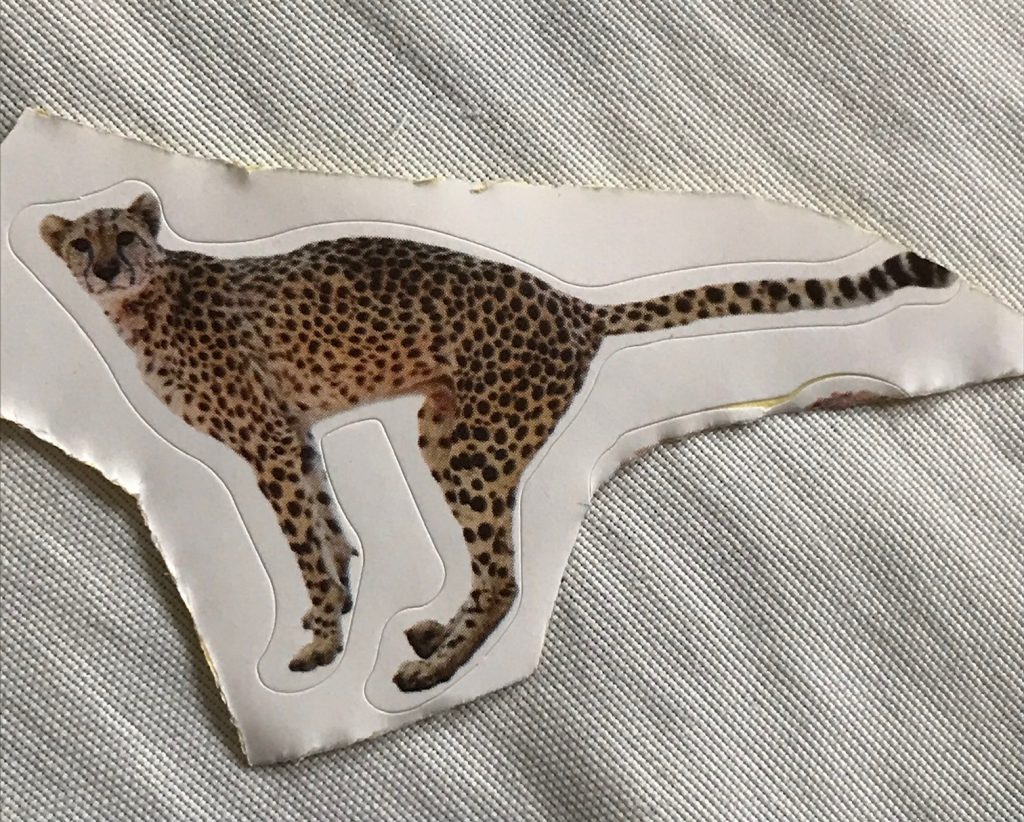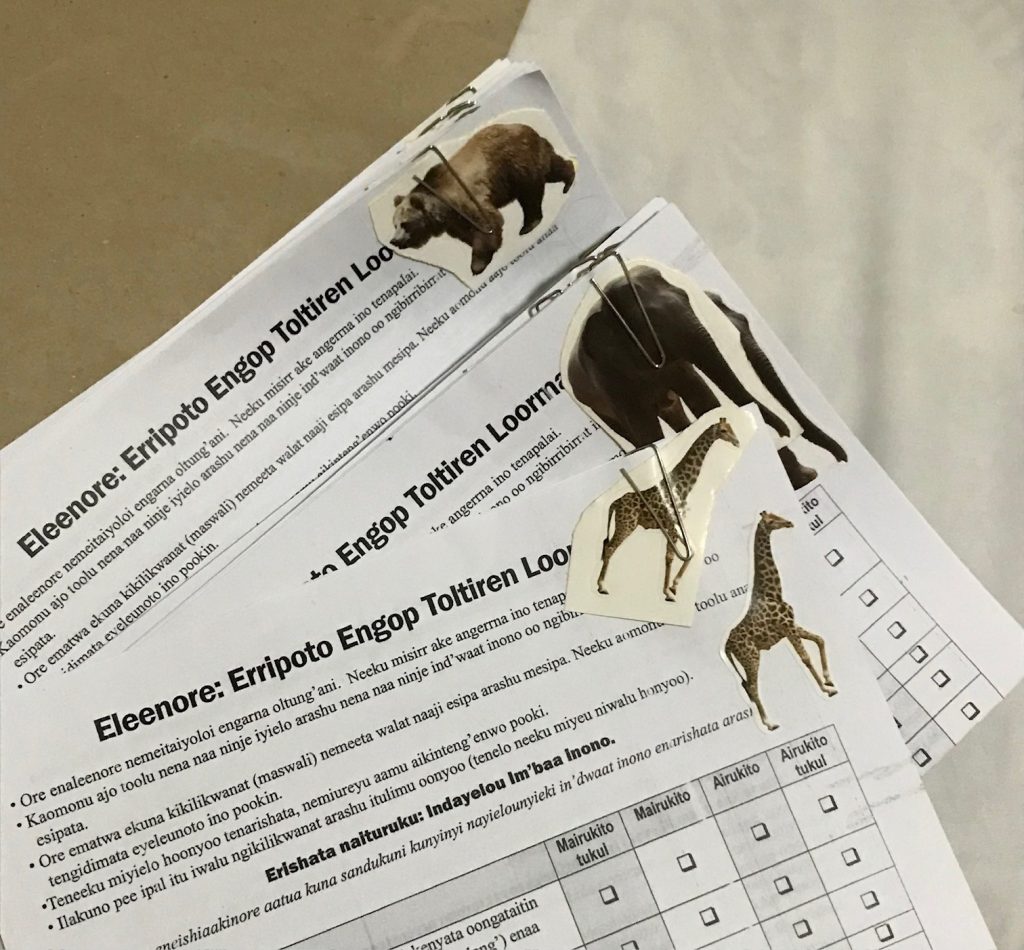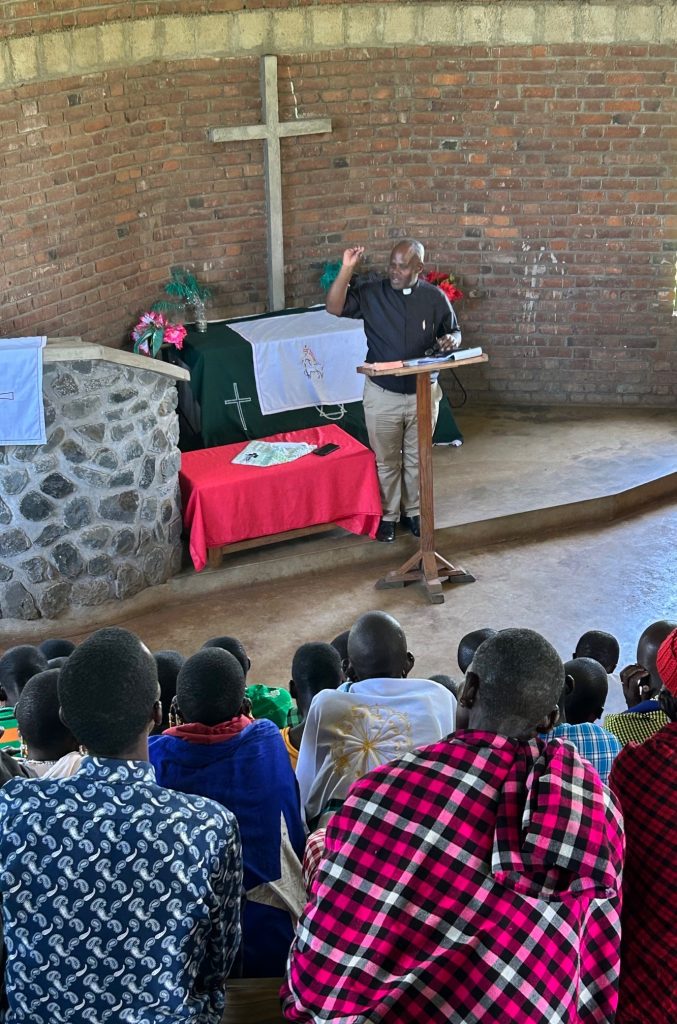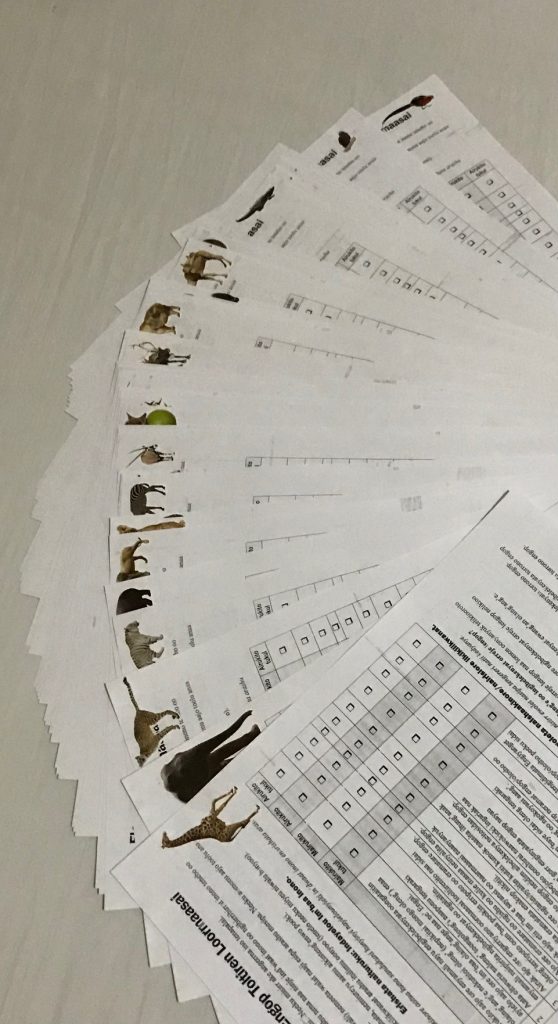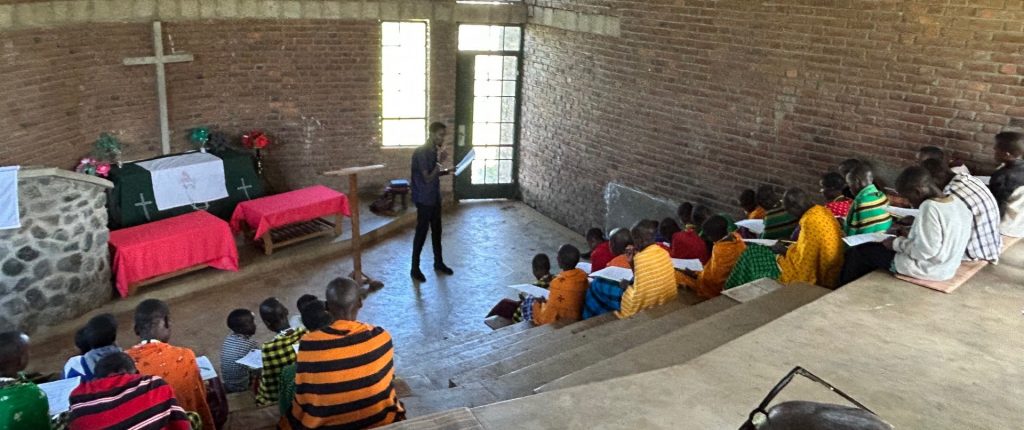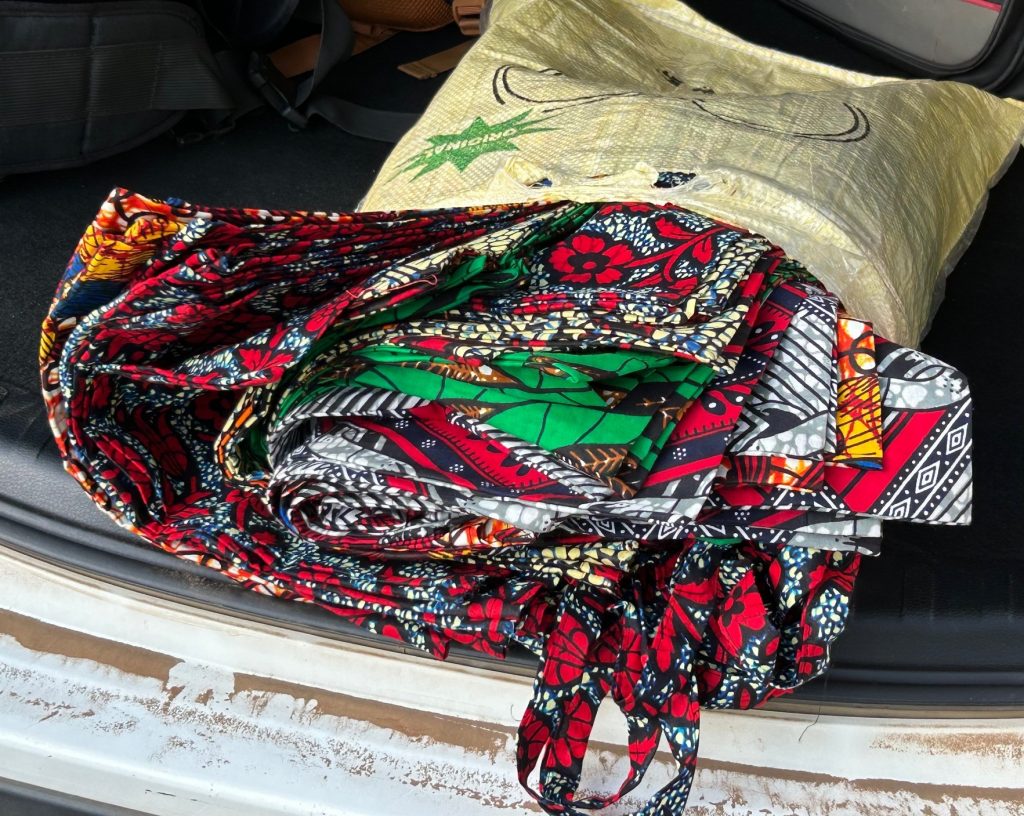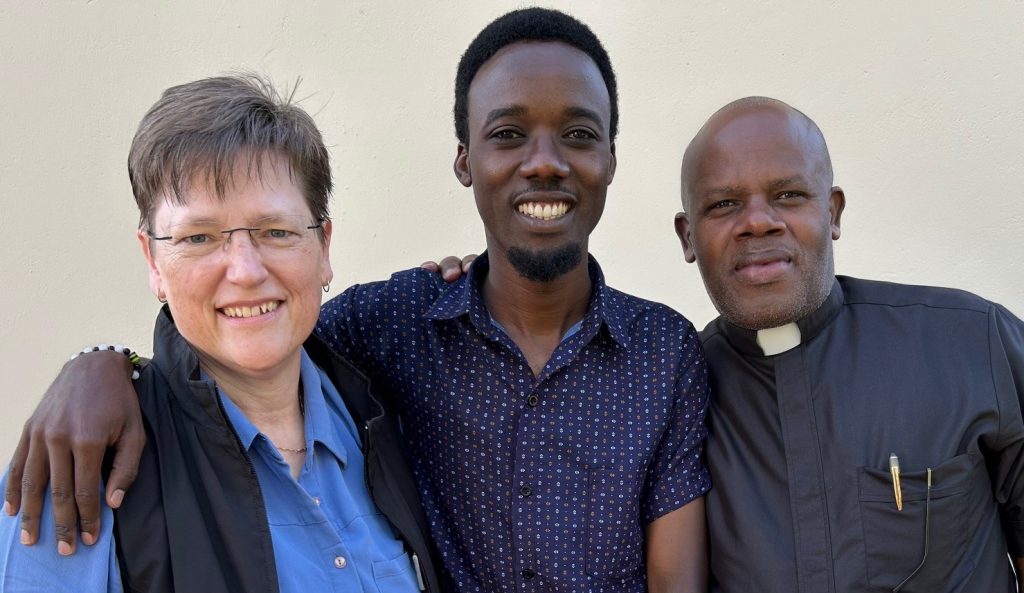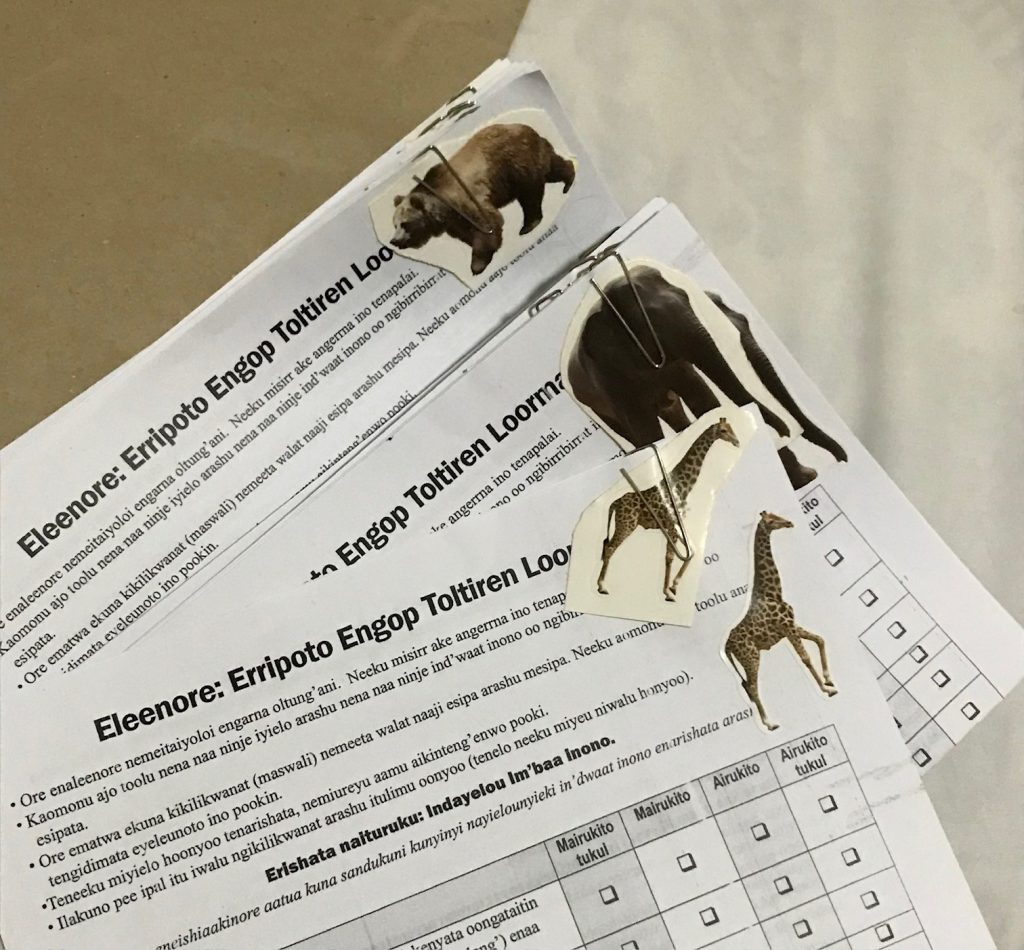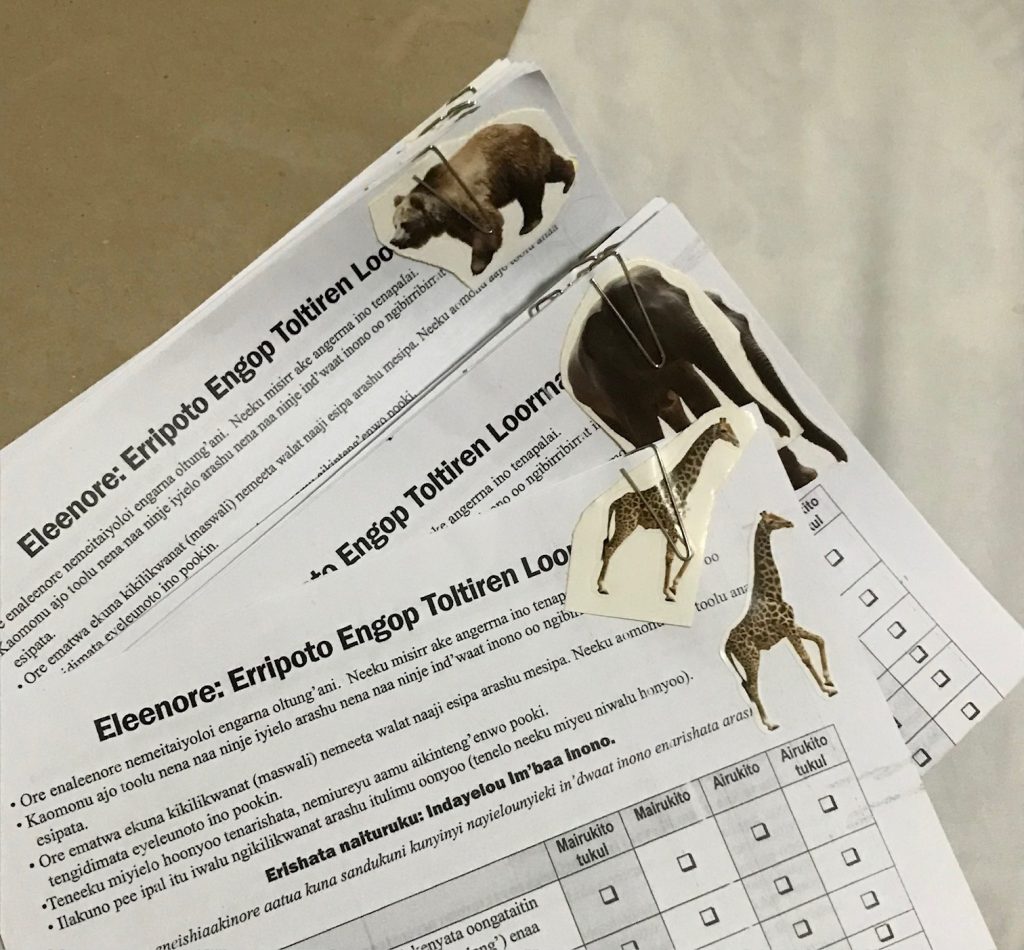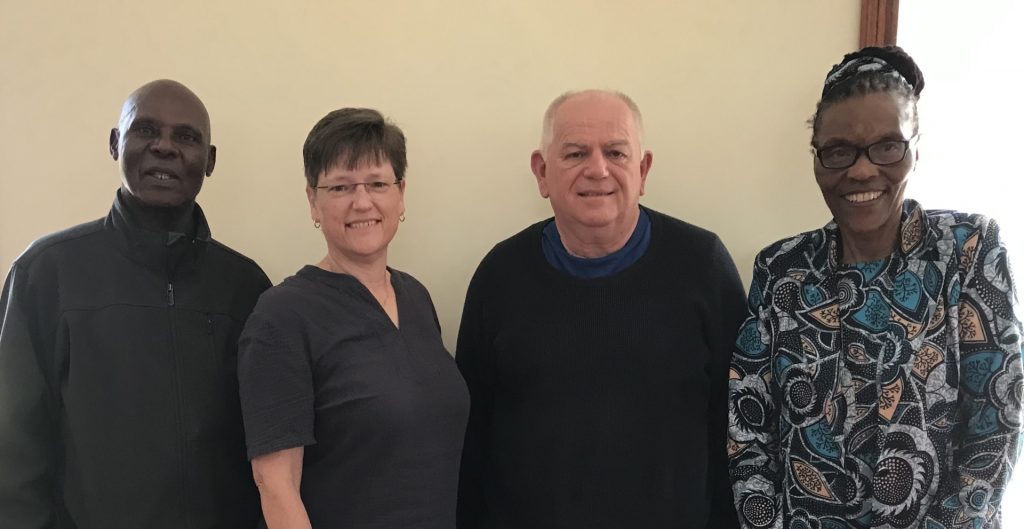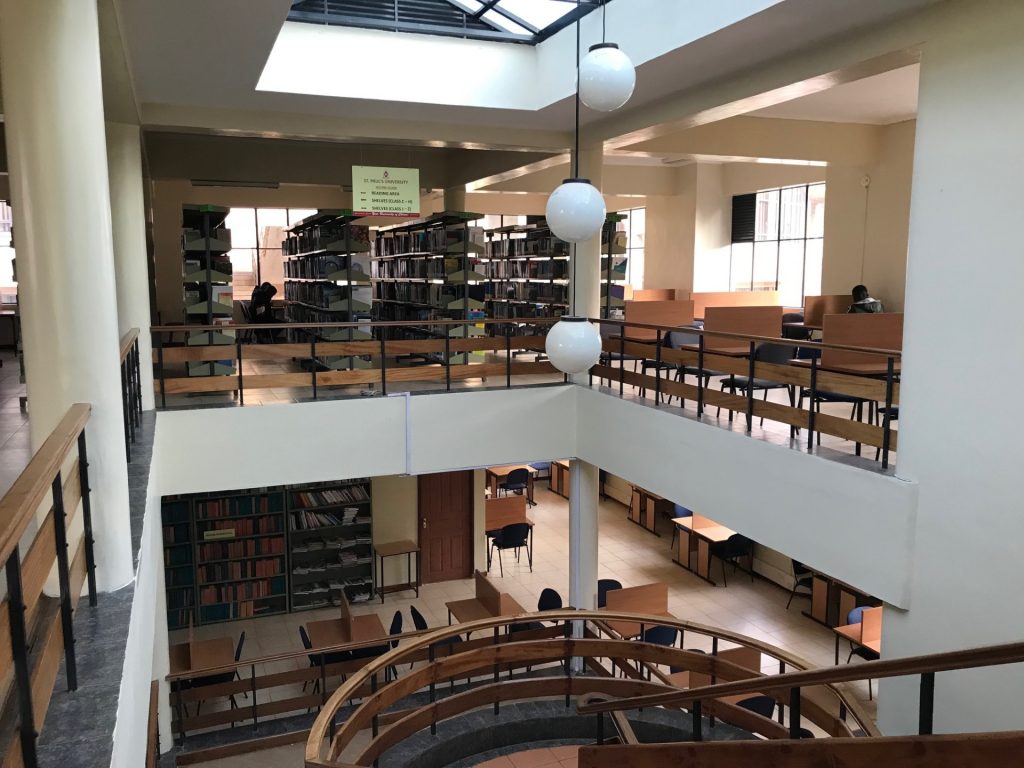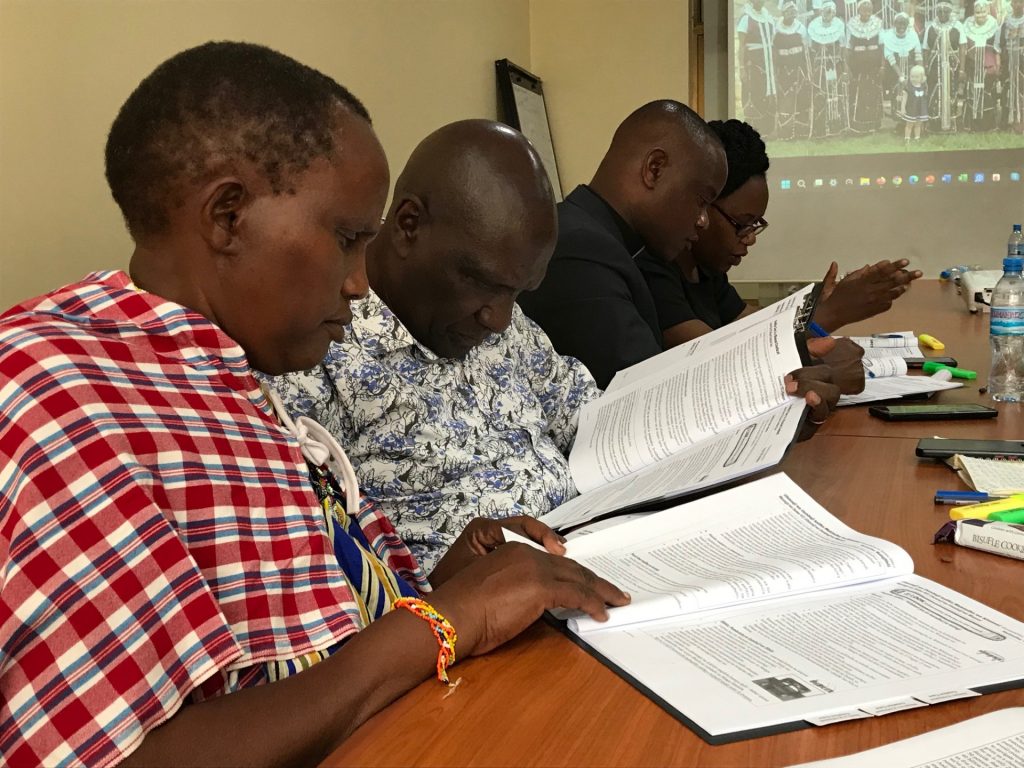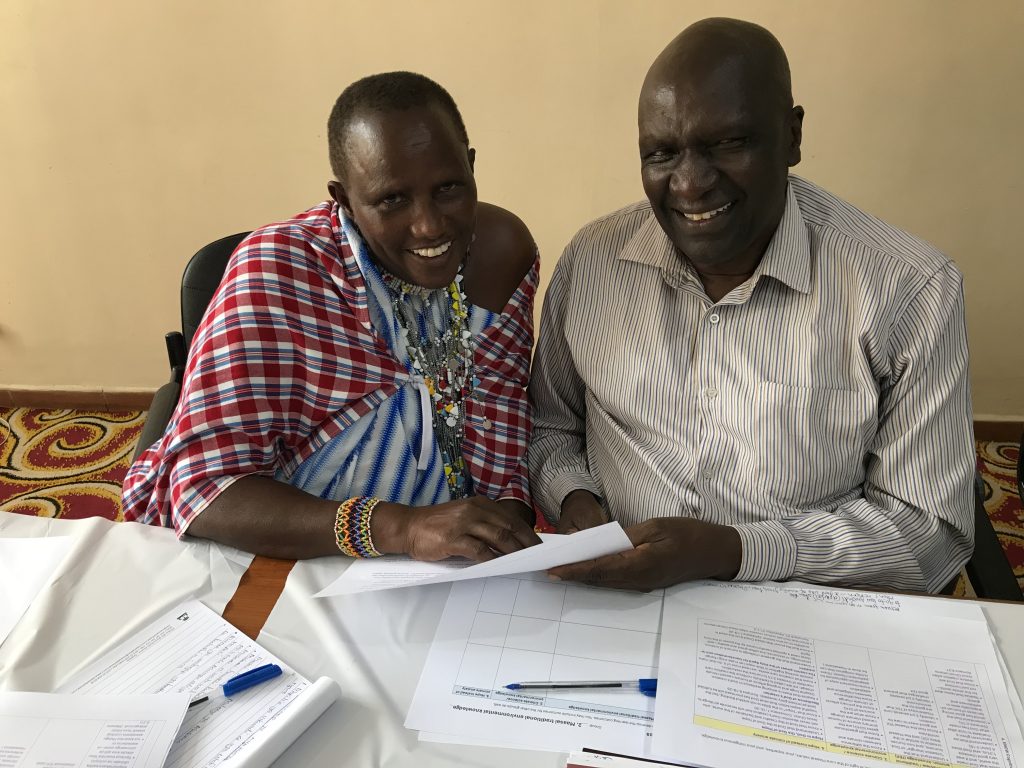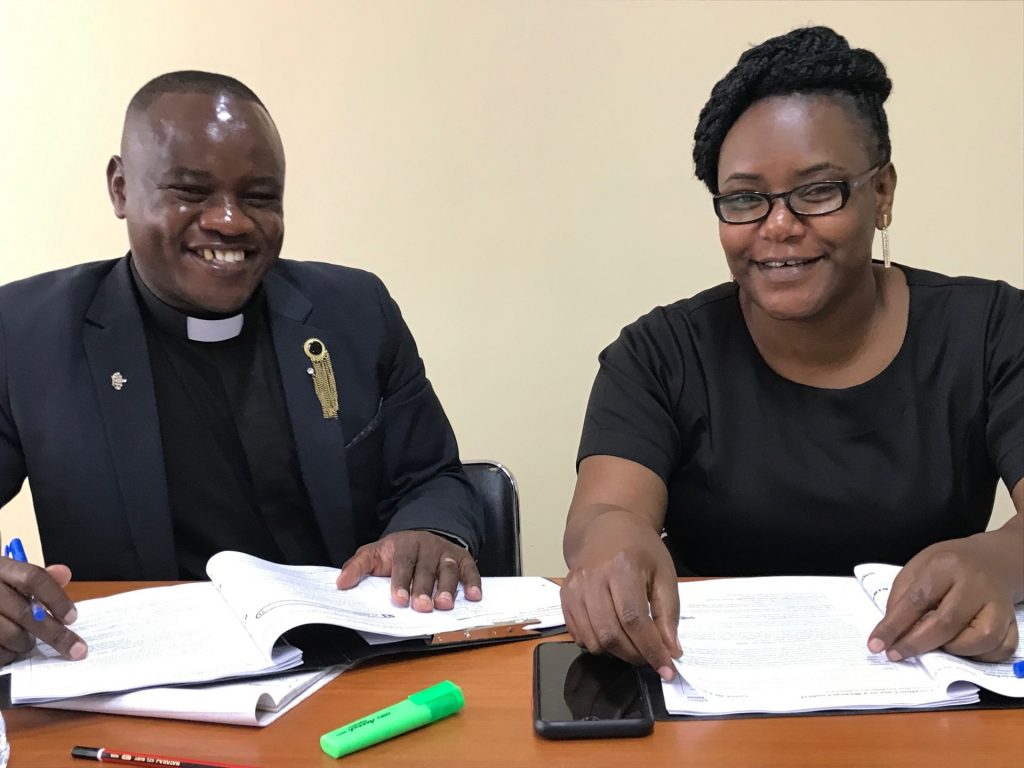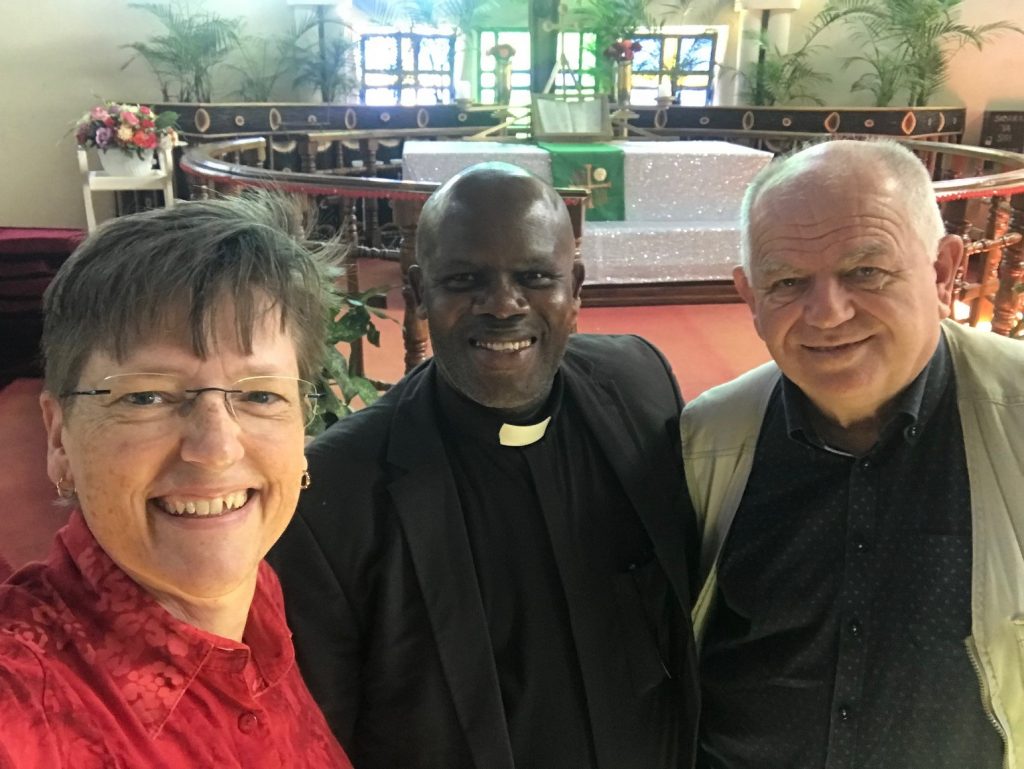Sorry for the delay in posting. There have been technical problems. The lack of bandwith is preventing pictures from this posting. I’ll add a post later with them.
There are four target research groups for this project: 1) confirmation students (as we engaged last Saturday); 2) Form 2 secondary students (about an 8th-grade equivalent); 3) women’s groups; and 4) lay pastor candidates in their training program (theological education by extension, TEE).
This last fieldwork visit was focused on Form 2 students at the MaaSae Girls Lutheran Secondary School (MGLSS) in Monduli. This is a boarding school for secondary education that is owned by the North Central Diocese, and started by the late American Lutheran missionary, Rev. David Simonson. My late husband and I were volunteer teachers here for 3 academic years (2002–2004) through the Evangelical Lutheran Church in America (ELCA). So, this is a wonderful place with great memories that I have returned to many times over the last 20 years, bringing church groups, university groups, and for my own ongoing research.
The Head of School, Tuli Saleiya, welcomed me to do research here, and there is an administrative overhead gift that is given to the school. This is following the philosophy of my supervisor, Prof. Knut Holter, that works to avoid “palm oil” scholarship, where scholars come to places to “extract” research to develop their own professional status but don’t give back to the community. This project is giving back, as it is designed to be a blessing with enough research activity for the European Commission to justify awarding funds to the project.
My trusted driver, Godi, took research assistant Joseph and me to Monduli in the early morning. I thought you might like to see an interesting sight from along the journey!
Form 2 is about an 8th grade equivalent in secondary school. I chose this level because when I was here, I taught the Form 2 Bible Knowledge course that focused on the Pentateuch. Genesis creation texts are important for understanding God’s commission to humans to care for God’s good creation (Genesis 2:15). Form 2 also includes an environmental science topic in the biology course. It is a bit unfortunate that the curriculum for Bible Knowledge has changed with Genesis appearing in the Form 1 curriculum, while the environmental content remains in Form 2 biology. In retrospect, I would choose Form 3, as all the content would be review, and the English competence would be stronger. Most of these students come from rural areas and have only had 15 months of English language learning. Yet, it is a lovely age group of eager learners.
This Saturday was about 6 hours of 3 lessons, breaks (including soda and a muffin), as well as the pre-lesson and post-lesson surveys. Next Saturday, there is a HUGE 30th anniversary celebration of MGLSS (where I will be), and so all the students—except Form 2 during the workshop—are cleaning and working to prepare for the anniversary celebration with an estimated 30 guests from the USA!
The workshop started with securing all the consent forms which had been provided last December before they went home for break in order to get a parent’s/guardian’s permission. Giving an animal sticker to all who had provided the consent forms meant that students could come row-by-row and pick up their correlating survey.
The lessons were written by Lais Josph, a Maasai teacher of biology and geography. With a bachelor’s degree in science education with these specialties, he teaches advanced (A) level as well as fills in on the ordinary (O) level. In his lesson plans, I was impressed at how he was able to take the three primary content foci (biblical creation care, Maasai traditional environmental knowledge, and climate science) and integrate them in very thoughtful summaries.
Lais also taught the lessons. He is a very good teacher that brings the content to the students in meaningful illustrations while engaging them with feedback lessons both as individual and as a large group. Again, he was able to make the lessons go beyond what even I was thinking. One example is that each of the 53 students who were participating in the pre- and post-lesson surveys were given an animal sticker to confirm that they had submitted a consent form. Each student had a different animal sticker, which was more than being able to identify individuals in an anonymous way, he also used them to illustrate biodiversity. Perfect!
After the lessons and surveys, I met with Pastor Nangole up the Monduli Mountains. He gave me a beautiful Maasai dress to wear next Saturday for the 30th Anniversary at MGLSS.
On the way down the mountain, the rains made the road impassable, even for a tractor (though with worn tires), so with Pastor Nangole driving in 4-wheel drive, we went back up an around the high road to descend on a different path. The view from the apex of the road was amazing. (Sorry, picture posted later.)
The site visit this week has had to be rescheduled due to our teacher’s appointment by Tumaini University Makumira to represent the theology faculty in Dodoma for the Tanzanian Commission of Universities, as there is a major rollout of new nation-wide curriculum requirements. This gives me time to catch up and prepare for the following week.
Mikitamayana Engai! / Mungu akubariki! / God bless you!
